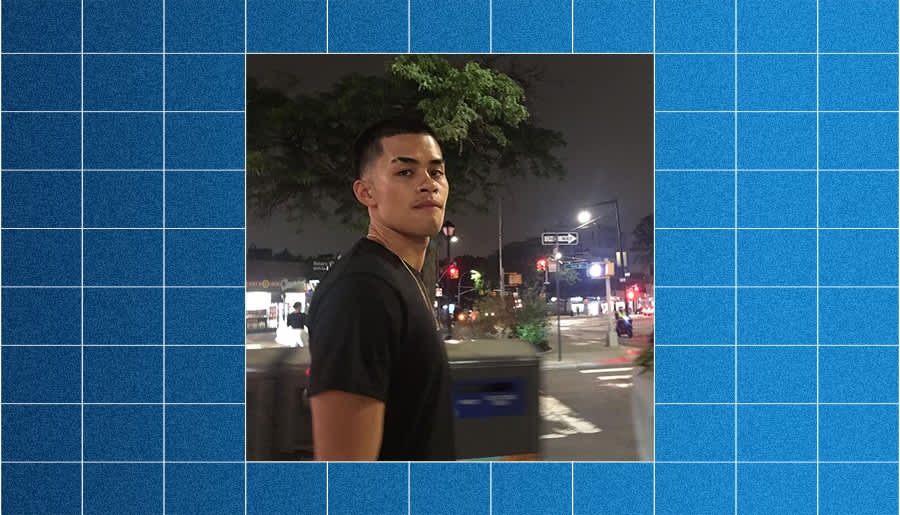Content warning: This article contains references to sexual assault and may be triggering for some readers.
I’ve said it before, and I’ll say it again: Andrew Tate was nothing special. He was a mere Joe Rogan cosplayer, in a sea of like-minded jesters, that cringed out 1950’s era misogyny. He wasn’t innovative, nor was he particularly edgy. If you want to hear his bland talking points, then Ben Shapiro is still around, Steven Crowder is still around, and Jordan Peterson is still around. All of these men parrot out the exact same women-loathing dribble. It’s no wonder that no one really talks about Tate now, he disappeared like some fairy floss left next to the tide.
Moreover, because Tate wasn’t unique, someone was always going to take his place. And that person ended up being the American Nico Kenn De Ballinthazy, AKA, Sneako. So, here’s everything you need to know about the dude that YouTube hasn’t banned yet:
The Rise of Sneako
In 2013, Sneako began his first YouTube channel at the age of fifteen. At the time, he was an ambitious kid that discussed questions like “Should the US intervene in Syria” and topics like “The Definition of Racism.” Moreover, while Sneako had some bad takes, he was literally a teen. It felt like he engaged with these topics in a good-faith manner.
Nevertheless, as the years went by, Sneako’s perspective became more reactionary and his content became less nuanced. In 2022, he published videos called Why Ugly Girls Think They’re Beautiful and How Women Manipulate Men. You know, he’s churning out junk food for teenage boys who haven’t engaged with these ancient talking points before.
Sneako traded his unique perspective for infamy. He’s now a cheap imitation of Tate.
Should Sneako Be Banned From YouTube?
“Most of the time, I don’t believe that deplatforming someone is the proper way to deal with a controversy,” declared fellow YouTuber, Nick Green, in his video, YouTube Should Ban Sneako. “A lot of times creators that I disagree with on a personal level are harmless, and I don’t believe that disagreeing with someone’s personal values are grounds for removal from YouTube, or Twitch, or any other social media platform.”
However, Green believes Sneako is a unique case. “Sneako has grossly violated YouTube’s terms of service and qualifies for removal from the website,” he explained. Green then goes on to play a clip of Sneako pretending to rape a female content creator that he disagrees with.
Related: Andrew Tate Has Finally Been Deplatformed and It’s Working
Related: Who Is the Fake Trillionaire Andrew Tate and Why Is He Everywhere?
YouTube Is the King of Inaction
While Sneako has been banned from Twitter, albeit for a different controversy, he is yet to be removed from YouTube. This, regrettably, is not a shocking revelation. YouTube always takes its time to ban famous alt-right grifters, if at all. For instance, they didn’t ban Tate until he was becoming a king of the platform and got bombarded with negative media attention.
What’s more, the fact that there’s an endless stream of Shapiros, Crowders, and Petersons becoming famous on YouTube demonstrates that there are a whack of deeper issues with this platform. Because, as always, if Sneako gets banned, another Sneako will just pop up. If YouTube doesn’t change, then the culture that it fosters won’t change either.
But what could YouTube possibly do to improve this situation? Well, as Green put it, they should ban people who grossly violate their terms of service. Yup, that’s it. If they started banning people for being creeps, before they blow up in popularity, then many Tates and Sneakos would never get a chance to get famous in the first place.
YouTube, this isn’t rocket science. You have a terms of service for a reason. If someone sexually harasses another human using your platform, ban them. Seriously, the ball is in your court. Please surprise me and do the right thing.
If you or someone you know has been the victim of a sexual assault, please contact the Sexual Assault & Domestic Violence National Help Line on 1800 Respect (1800 737 732) or head to The Australian Human Rights Commission for a list of state by state resources.
Read more stories from The Latch and subscribe to our email newsletter.

